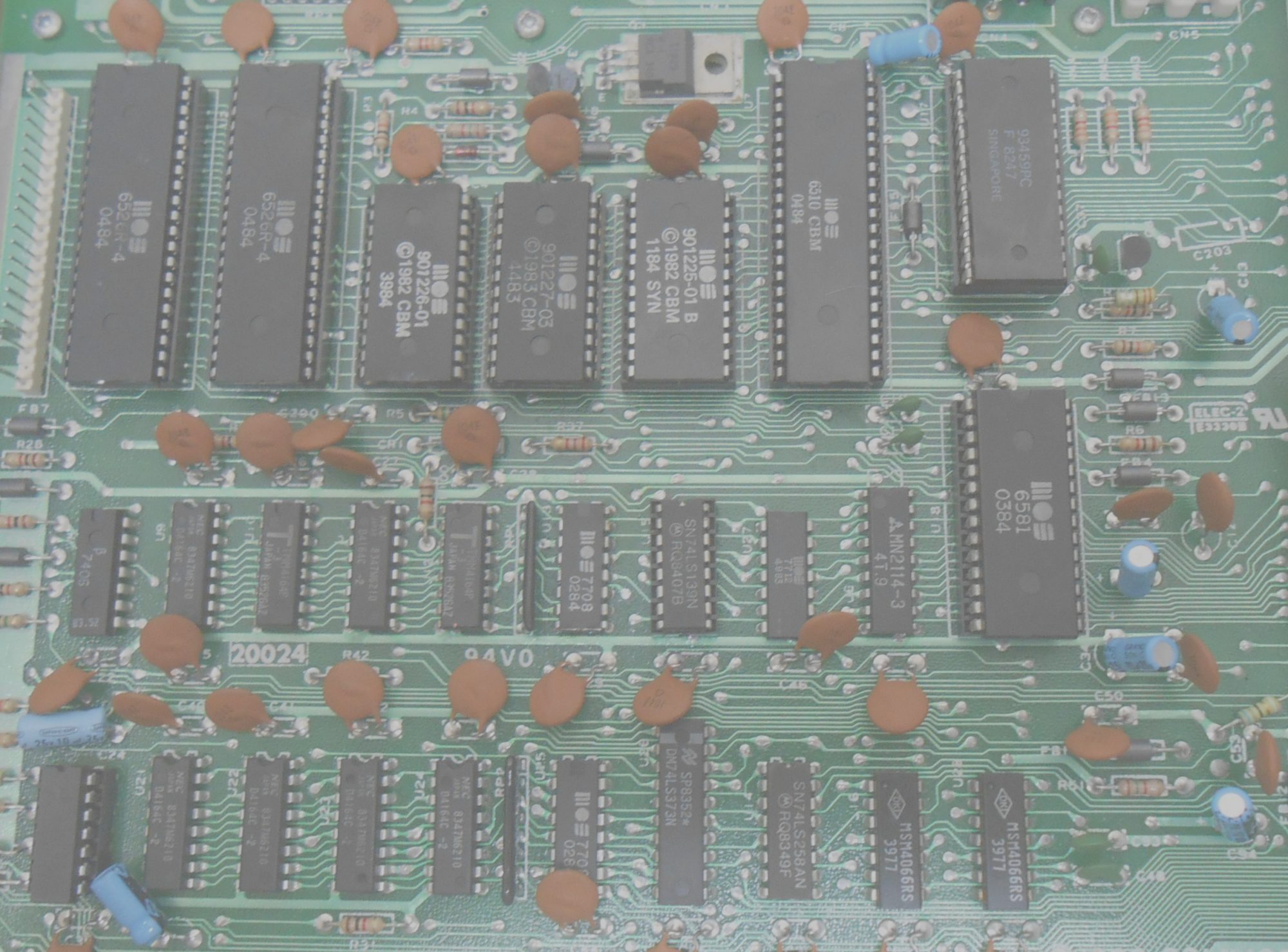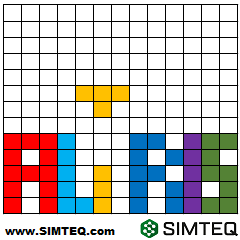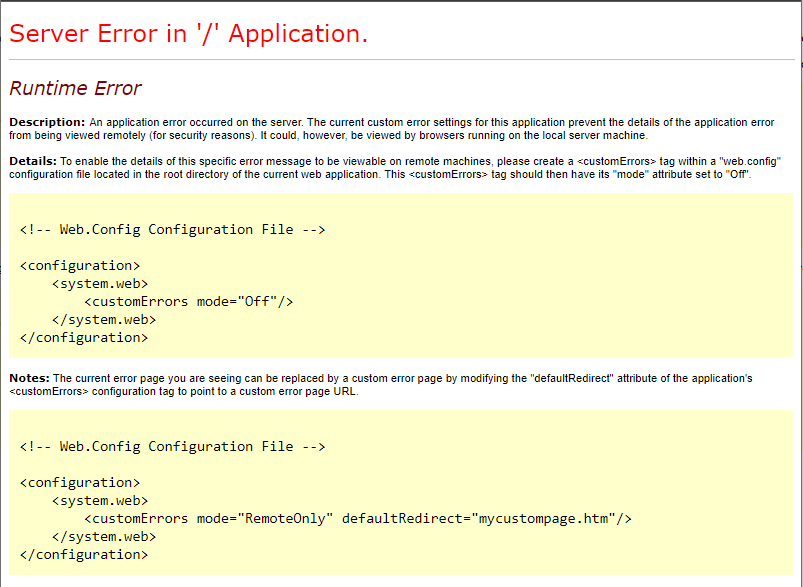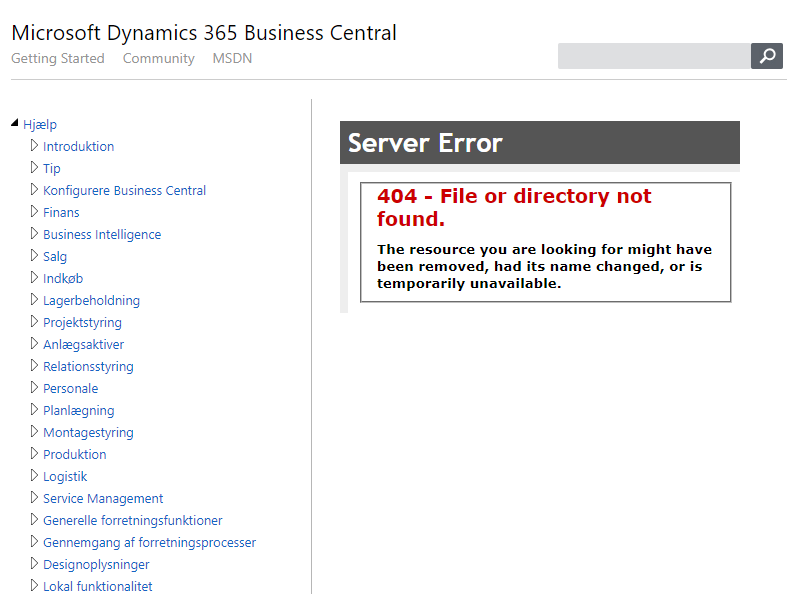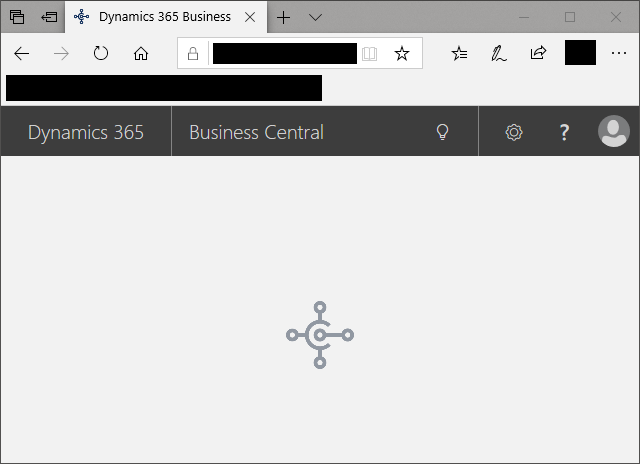Have you tried to configure a Microsoft Dynamics Business Central 2019 Spring release (BC14) RTM with LoginName authentication, just to find that it did not work?
You are right.
You won’t be able to login to the Web- or Windows-client and will get errors in your event log like these:
Server instance: BC140
Category: Runtime
ClientSessionId: 1396b6cf-5cfd-4dae-b98a-9ee3a6d3d3e1
ClientActivityId: 8665e7ca-3a27-49f3-b928-4a013317be94
ServerSessionUniqueId: 00000000-0000-0000-0000-000000000000
ServerActivityId: 5d8ecef1-6d64-4d05-9031-03a0248c9138
EventTime: 08/09/2019 10:14:40
Message (NullReferenceException): RootException: NullReferenceException
Object reference not set to an instance of an object.
ExceptionStackTrace:
at Microsoft.Dynamics.Nav.Service.NSServiceBase.<>c__DisplayClass14_0.b__0()
at Microsoft.Dynamics.Nav.Service.NSServiceBase.ValidateAndCreateSession(ConnectionRequest connectionRequest, Boolean requireNavUser)
at Microsoft.Dynamics.Nav.Service.ServiceOperationInvoker.CreateNewSessionCombinator(ServiceOperation innerOperation, NSServiceBase serviceInstance, Boolean requireNavUser, Object[] inputs, Object[]& outputs)
CallerStackTrace:
at Microsoft.Dynamics.Nav.Service.ServiceOperationInvoker.CreateNewSessionCombinator(ServiceOperation innerOperation, NSServiceBase serviceInstance, Boolean requireNavUser, Object[] inputs, Object[]& outputs)
at Microsoft.Dynamics.Nav.Service.ServiceOperationInvoker.<>c__DisplayClass27_1.b__1(NSServiceBase serviceInstance, Object[] inputs, Object[]& outputs)
at Microsoft.Dynamics.Nav.Service.ServiceOperationTracer.TraceScopeCombinator(Category telemetryCategory, ServiceOperation innerOperation, NSServiceBase serviceInstance, MethodBase syncMethod, Object[] inputs, Object[]& outputs)
at Microsoft.Dynamics.Nav.Service.ServiceOperationInvoker.<>c__DisplayClass27_1.b__1(NSServiceBase serviceInstance, Object[] inputs, Object[]& outputs)
at Microsoft.Dynamics.Nav.Service.ServiceOperationInvoker.<>c__DisplayClass9_0.b__0()
at Microsoft.Dynamics.Nav.Runtime.NavPerformanceCounterSetter.UpdatePerformanceCountersWithAverageServiceOperationDuration(Stopwatch stopWatch, Action action)
at Microsoft.Dynamics.Nav.Runtime.NavPerformanceCounterSetter.UpdatePerformanceCountersWithAverageServiceOperationAction(Action action, NavSession session)
at Microsoft.Dynamics.Nav.Service.ServiceOperationInvoker.PerformanceCounterCombinator(ServiceOperation innerOperation, NSServiceBase serviceInstance, MethodBase syncMethod, Object[] inputs, Object[]& outputs)
at Microsoft.Dynamics.Nav.Service.ServiceOperationInvoker.<>c__DisplayClass27_1.b__1(NSServiceBase serviceInstance, Object[] inputs, Object[]& outputs)
at Microsoft.Dynamics.Nav.Service.ServiceOperationInvoker.InitClientTelemetryIdsCombinator(ServiceOperation innerOperation, NSServiceBase serviceInstance, MethodBase syncMethod, Object[] inputs, Object[]& outputs)
at Microsoft.Dynamics.Nav.Service.ServiceOperationInvoker.<>c__DisplayClass27_1.b__1(NSServiceBase serviceInstance, Object[] inputs, Object[]& outputs)
at Microsoft.Dynamics.Nav.Service.ServiceOperationInvoker.TlsClearCombinator(ServiceOperation innerOperation, NSServiceBase serviceInstance, MethodBase syncMethod, Object[] inputs, Object[]& outputs)
at Microsoft.Dynamics.Nav.Service.ServiceOperationInvoker.<>c__DisplayClass27_1.b__1(NSServiceBase serviceInstance, Object[] inputs, Object[]& outputs)
at Microsoft.Dynamics.Nav.Service.ServiceOperationInvoker.Invoke(Object instance, Object[] inputs, Object[]& outputs)
at System.ServiceModel.Dispatcher.DispatchOperationRuntime.InvokeBegin(MessageRpc& rpc)
at System.ServiceModel.Dispatcher.ImmutableDispatchRuntime.ProcessMessage5(MessageRpc& rpc)
at System.ServiceModel.Dispatcher.MessageRpc.Process(Boolean isOperationContextSet)
at System.ServiceModel.Dispatcher.MessageRpc.Wrapper.Resume(Boolean& alreadyResumedNoLock)
at System.ServiceModel.Dispatcher.ThreadBehavior.ResumeProcessing(IResumeMessageRpc resume)
at Microsoft.Dynamics.Nav.Runtime.NavSynchronizationContext.<>c__DisplayClass1_0.b__0(Object state)
at System.Threading.ExecutionContext.RunInternal(ExecutionContext executionContext, ContextCallback callback, Object state, Boolean preserveSyncCtx)
at System.Threading.ExecutionContext.Run(ExecutionContext executionContext, ContextCallback callback, Object state, Boolean preserveSyncCtx)
at System.Threading.QueueUserWorkItemCallback.System.Threading.IThreadPoolWorkItem.ExecuteWorkItem()
at System.Threading.ThreadPoolWorkQueue.Dispatch()
Server instance: BC140
Tenant ID:
User: xxx
Type: System.NullReferenceException
Message: Object reference not set to an instance of an object.
StackTrace:
at Microsoft.Dynamics.Nav.Service.NSServiceBase.<>c__DisplayClass14_0.b__0()
at Microsoft.Dynamics.Nav.Service.NSServiceBase.ValidateAndCreateSession(ConnectionRequest connectionRequest, Boolean requireNavUser)
at Microsoft.Dynamics.Nav.Service.ServiceOperationInvoker.CreateNewSessionCombinator(ServiceOperation innerOperation, NSServiceBase serviceInstance, Boolean requireNavUser, Object[] inputs, Object[]& outputs)
Source: Microsoft.Dynamics.Nav.Service
HResult: -2147467261
StackTrace:
at Microsoft.Dynamics.Nav.Service.NSServiceBase.<>c__DisplayClass14_0.b__0()
at Microsoft.Dynamics.Nav.Service.NSServiceBase.ValidateAndCreateSession(ConnectionRequest connectionRequest, Boolean requireNavUser)
at Microsoft.Dynamics.Nav.Service.ServiceOperationInvoker.CreateNewSessionCombinator(ServiceOperation innerOperation, NSServiceBase serviceInstance, Boolean requireNavUser, Object[] inputs, Object[]& outputs)
Type: Microsoft.Dynamics.Nav.Client.NavClientClosingException
Fatal: False
ShowError: True
Message: The server "BC140" was unable to process the request. The application will close.
StackTrace:
at Microsoft.Dynamics.Nav.Client.WinClient.ExceptionHandler.DoExecute(Func1 execute) at Microsoft.Dynamics.Nav.Client.WinClient.StartWinFormsClient.RunCore() Source: Microsoft.Dynamics.Nav.Client.WinClient HResult: -2146233088 StackTrace: at Microsoft.Dynamics.Nav.Client.WinClient.ExceptionHandler.DoExecute(Func1 execute)
at Microsoft.Dynamics.Nav.Client.WinClient.StartWinFormsClient.RunCore()
Type: Microsoft.Dynamics.Nav.Types.Exceptions.NavServerSessionException
Message: The server "BC140" was unable to process the request. The application will close.
StackTrace:
at Microsoft.Dynamics.Nav.Client.ConnectionEstablisher.OpenConnection[TChannel](ConnectFailedEventArgs connectFailedArgs, ConnectionRequest connectionRequest, ConnectionOptions connectionOptions, SpnSetting spnSettingToTry, Boolean allowSpnSettingsSwap, UserSettings& userSettings)
at Microsoft.Dynamics.Nav.Client.ConnectionEstablisher.OpenConnection[TChannel](ConnectionRequest connectionRequest, ConnectionOptions connectionOptions, UserSettings& userSettings)
at Microsoft.Dynamics.Nav.Client.ServiceConnection.OpenConnection()
at Microsoft.Dynamics.Nav.Client.ServiceConnection.Initialize()
at Microsoft.Dynamics.Nav.Client.FormBuilder.BuilderSessionInitializer.OpenConnectionToServer()
at Microsoft.Dynamics.Nav.Client.WinClient.NavWinFormsClientSession.OpenServerConnectionCore()
at Microsoft.Dynamics.Nav.Client.WinClient.NavWinFormsClientSession.OpenServerConnectionWithMultipleLoginAttempts()
at Microsoft.Dynamics.Nav.Client.WinClient.NavWinFormsClientSession.InitializeUISession()
at Microsoft.Dynamics.Framework.UI.Windows.ClientSessionBase.InitCore()
at Microsoft.Dynamics.Nav.Client.WinClient.NavWinFormsClientSession.InitCore()
at Microsoft.Dynamics.Framework.UI.ClientSessionCore.Init()
at Microsoft.Dynamics.Framework.UI.Windows.ClientSessionBase.Run()
at Microsoft.Dynamics.Nav.Client.WinClient.NavClientErrorHandler.ExecuteAndCatchExceptions(Func`1 execute)
Source: Microsoft.Dynamics.Nav.Client.ServiceConnection
HResult: -2146233088
StackTrace:
at Microsoft.Dynamics.Nav.Client.ConnectionEstablisher.OpenConnection[TChannel](ConnectFailedEventArgs connectFailedArgs, ConnectionRequest connectionRequest, ConnectionOptions connectionOptions, SpnSetting spnSettingToTry, Boolean allowSpnSettingsSwap, UserSettings& userSettings)
at Microsoft.Dynamics.Nav.Client.ConnectionEstablisher.OpenConnection[TChannel](ConnectionRequest connectionRequest, ConnectionOptions connectionOptions, UserSettings& userSettings)
at Microsoft.Dynamics.Nav.Client.ServiceConnection.OpenConnection()
at Microsoft.Dynamics.Nav.Client.ServiceConnection.Initialize()
at Microsoft.Dynamics.Nav.Client.FormBuilder.BuilderSessionInitializer.OpenConnectionToServer()
at Microsoft.Dynamics.Nav.Client.WinClient.NavWinFormsClientSession.OpenServerConnectionCore()
at Microsoft.Dynamics.Nav.Client.WinClient.NavWinFormsClientSession.OpenServerConnectionWithMultipleLoginAttempts()
at Microsoft.Dynamics.Nav.Client.WinClient.NavWinFormsClientSession.InitializeUISession()
at Microsoft.Dynamics.Framework.UI.Windows.ClientSessionBase.InitCore()
at Microsoft.Dynamics.Nav.Client.WinClient.NavWinFormsClientSession.InitCore()
at Microsoft.Dynamics.Framework.UI.ClientSessionCore.Init()
at Microsoft.Dynamics.Framework.UI.Windows.ClientSessionBase.Run()
at Microsoft.Dynamics.Nav.Client.WinClient.NavClientErrorHandler.ExecuteAndCatchExceptions(Func`1 execute)
Type: Microsoft.Dynamics.Nav.Types.Exceptions.NavServerSessionException
Message: The server "BC140" was unable to process the request. The application will close.
HResult: -2146233088
Type: System.NullReferenceException
Message: Object reference not set to an instance of an object.
StackTrace:
at Microsoft.Dynamics.Nav.Service.NSServiceBase.<>c__DisplayClass14_0.b__0()
at Microsoft.Dynamics.Nav.Service.NSServiceBase.ValidateAndCreateSession(ConnectionRequest connectionRequest, Boolean requireNavUser)
at Microsoft.Dynamics.Nav.Service.ServiceOperationInvoker.CreateNewSessionCombinator(ServiceOperation innerOperation, NSServiceBase serviceInstance, Boolean requireNavUser, Object[] inputs, Object[]& outputs)
Source: Microsoft.Dynamics.Nav.Service
HResult: -2147467261
StackTrace:
at Microsoft.Dynamics.Nav.Service.NSServiceBase.<>c__DisplayClass14_0.b__0()
at Microsoft.Dynamics.Nav.Service.NSServiceBase.ValidateAndCreateSession(ConnectionRequest connectionRequest, Boolean requireNavUser)
at Microsoft.Dynamics.Nav.Service.ServiceOperationInvoker.CreateNewSessionCombinator(ServiceOperation innerOperation, NSServiceBase serviceInstance, Boolean requireNavUser, Object[] inputs, Object[]& outputs)
Part of the story is that the same setup simply works with earlier versions, and that Windows-authentication also works without any glitches.
At least the fix is simple: Upgrade your platform to Cumulative Update 1 (or actually I recommend the latest while you are at it anyway 🙂 ).
Note, the error is also mentioned on forum.mibuso.com here!
Thanks goes to Christoph Bendixen and Jesper Dahl Fredriksen from team.blue aka ScanNet.dk for helping reporting and identifying this problem.
